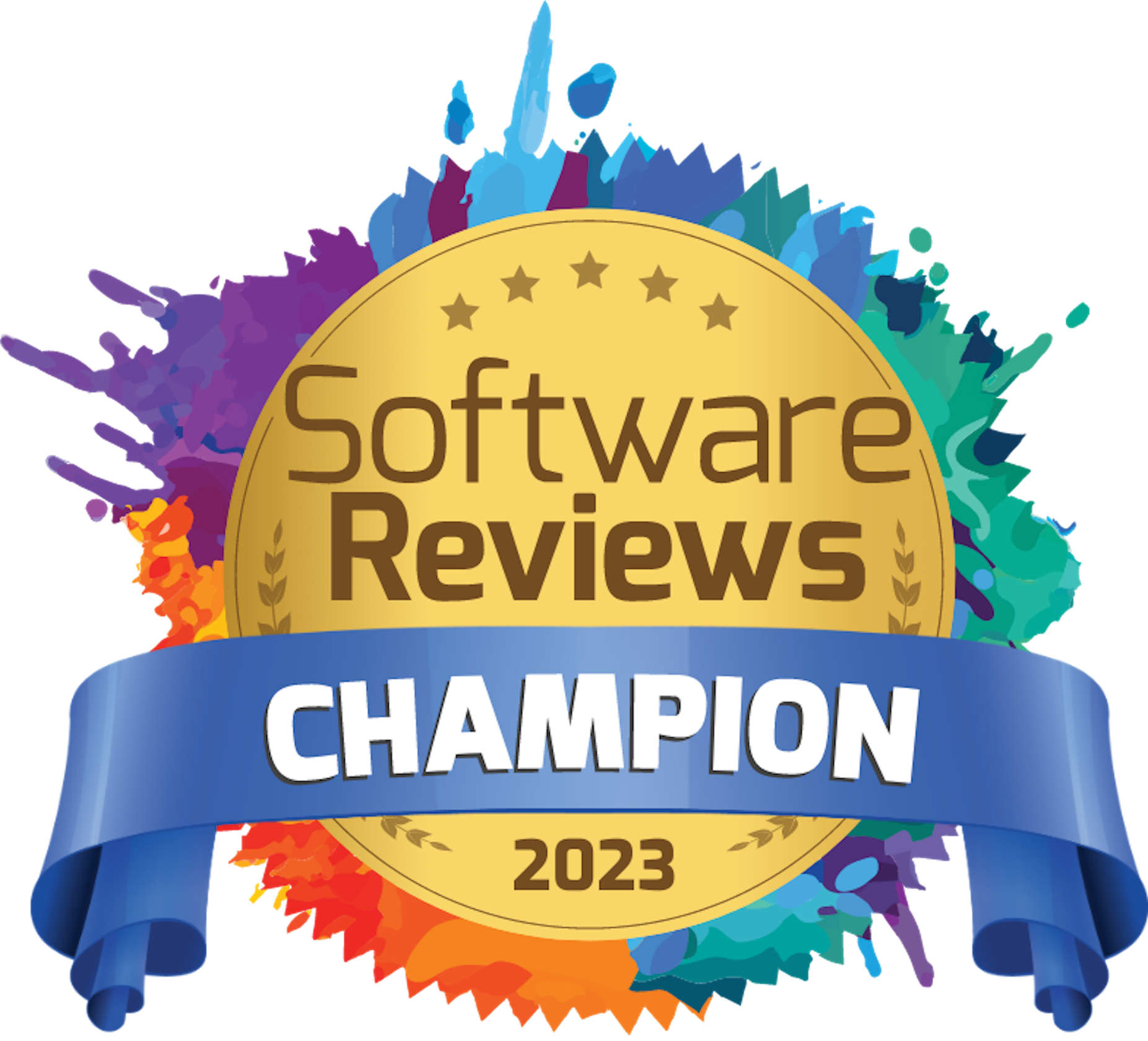Are coworking spaces a new public space definition?
I recently came across this TED video by Amanda Burden regarding the urban planning of New York city. Amanda finishes the video saying: “I believe that a successful city is like a fabulous party, people stay because they are having a great time”. In the video you can see one of the most well known public spaces in the last few years which is the High Line, promoted by “Friends of the High Line” and designed by Diller&Scofidio architects.
There is a lot you can say and argue about public spaces design and planning in the last few decades. There are also interesting approaches on how to develop public space in order to engage citizens within their cities, like the city of Curitiba and its major Jaime Lerner whom created an ingenious and creative program to raise the use of public transport, sustainability awareness programs, parks and other community resources. Quoting Lerner, “The secret to the city is integration. Every area of the city should combine work, leisure and culture. Separate these functions and parts of the city die”. Curitiba happened to be a success and became a paradigm of sustainable city development.
Both examples claim to develop a people-oriented-design in which citizen take part in the future of their cities. Having say that and taking into account that when talking about urban planning and development results in general are in some cases obviously arguable, people should be considered as principal actors on designing and development processes to achieve a successful result. We have all the “hardware”(buildings, infrastructures, facilities, etc) which has to talk with the end-user through the "software" (institutions, politicians, urban planners, architects, designer, etc). When the software appears to be incompatible with the hardware, the user experience fails.
In this point you maybe be thinking, What all off this have to do with coworking? Well, if you are into coworking you may surely find some coincidences with the examples above. Since coworking is writing new ways of working and collaborate together it’s a people-oriented workspace focused on the sense of community. On the other hand coworking also promotes the integration and relation between a wide range of professionals so they share knowledge and can start a project together. To end up with the metaphor I would say that in this case the physical space and facilities are the hardware whilst space managers, platforms, meals, etc are the software that lets coworkers to play a principal role that gives sense and fuel the hardware to make things happen.
Reduction of workplaces distances, collaboration between people in the community, resources sharing, sustainability awareness, etc. These are some of the ways coworking is changing the way people work.
Related stories
Global Coworking Trends and Opportunities for 2025
Now well into 2025, the coworking industry continues to demonstrate strong momentum. With demand for coworking spaces remaining steady around the globe, it's clear that coworking is not just enduring—it's thriving. Let’s explore the major trends and opportunities shaping the global coworking landscape this year.
Creating Events that Drive Community Engagement in Coworking Spaces
Community is everything in coworking, but a genuine sense of connection between members doesn’t magically happen overnight or by chance. Often, meaningful relationships take intentionality, effort, and time to build, with events being an effective vehicle for bringing people together around shared interests, goals, and experiences, creating opportunities for collaboration, and a thriving coworking culture. This article looks at creating events that drive community engagement in coworking spaces.
Liz Elam: ‘Community is the number one amenity in coworking spaces’
A household name in the global coworking industry, Liz Elam, is the founder of one of the world’s best coworking event series: GCUC. Liz’s coworking roots began in 2010, when she established Link Coworking – a welcoming, affordable, and professional coworking space – in her hometown of Austin, Texas. Link Coworking achieved incredible success, expanding across three locations and becoming the fourth-largest coworking brand in Austin. It was sold in 2019, making Liz the first woman globally to exit a coworking brand.
Key Takeaways from the Coworking Alliance Summit 2025
Gathering online for the Coworking Alliance Summit last week, members of global coworking alliances, coworking spaces, and community leaders came together to navigate global issues, strengthen ties across the coworking industry, and work collectively towards future goals.
5 Ways to Reduce Noise in Open Offices & Coworking Spaces
Some people like working against a background of noise, while for others it’s their worst work nightmare. The truth is, our relationship with noise depends on our own preferences and the nature of our work.
Key takeaways from the Workspace Design Show 2025
London’s Workspace Design Show is undoubtedly one of the best coworking events of 2025. For one, the exhibition (held at Islington’s Business Design Centre) features a host of innovative and creative workspace design solutions tailored to the needs of modern workplaces.
What Is Workplace Management and Why Does It Matter?
There has always been a need for workplace management – the process of organising and optimising physical spaces, resources, and operations to support people’s needs. But, as 28% of UK working adults were reported to work in a hybrid capacity last autumn (by the Office for National Statistics), the question of ‘why workplace management matters’ is more critical than ever. Let’s look at the workplace management benefits for your operations.
10 Smart Goals for your Coworking Space: How to Set & Achieve Business Objectives
Coworking is synonymous with creativity, collaboration and productivity. Businesses and freelancers love coworking spaces because (by surrounding themselves with fellow workers) they’re more likely to achieve their goals. The coworking environment, while social, is set up to facilitate focused, distraction-free working.
The Best Coworking Events in 2025: Must-Attend Gatherings for Professionals
Managing coworking spaces is an all-encompassing role, often leaving operators, owners, and community managers with little time to focus on personal growth or draw inspiration from others.
10 Award-winning Coworking Space Designs: A Comprehensive Guide
Vibrant, contemporary workspaces create an undeniable ‘wow’ factor. Textured designs and ambient lighting make spaces feel warm and cosy, while natural elements and biophilic design features have literal mood-boosting properties.

